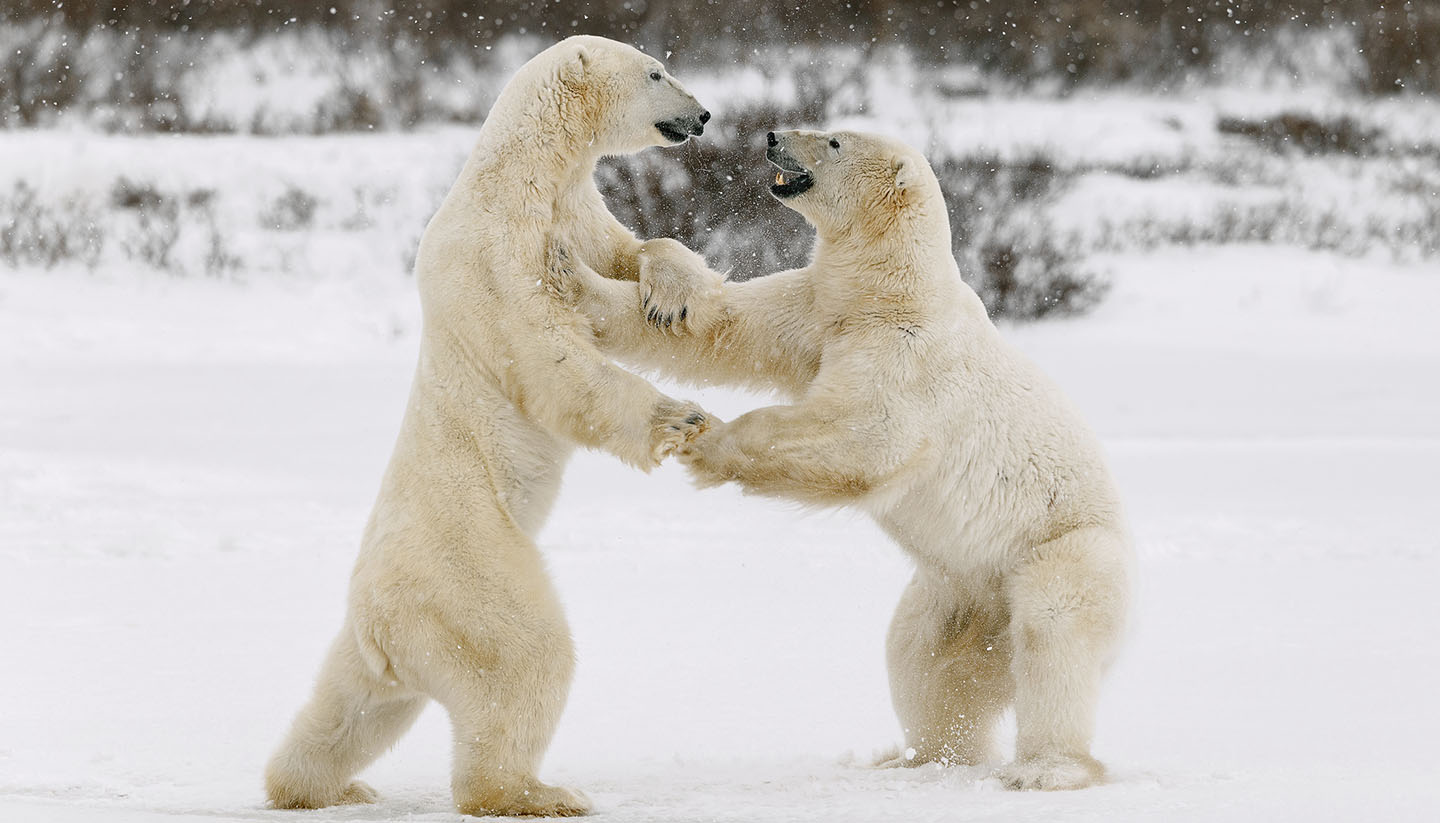Nunavut Food and Drink
Nunavut's cuisine is mostly based around subsistence living and products that come from hunting and fishing. Hearty, belly-warming food includes dishes such as smoked char, caribou stew and roasted musk ox. Although the Arctic climate limits the growing season for fresh produce, in summer you can taste local Baffin berries (a bit like raspberries), blueberries, blackberries and cranberries. Iqaluit, the capital, is home to a cluster of surprisingly diverse eateries, serving both traditional Arctic fare and global cuisines including Lebanese and Thai.
Specialities
• Arctic char (with a taste somewhere between salmon and trout) is served in many ways - as well as sampling it stewed, baked or smoked, try it dried for a true northern experience.
• Mussels, scallops (especially from Cumberland Sound), clams, turbot (especially from the Baffin region) and Greenland shrimp.
• Musk ox and caribou.
• Local bannock (a simple unleavened bread dough cooked slowly in a frying pan, baked or boiled), which kept for weeks in an easily transportable form, was a favourite of early Arctic explorers.
• Raw whale blubber and skin, known asmaktaaqormuktuk, is a highly prized local speciality - despite whaling being frowned upon internationally.
• Ptarmigan (a type of grouse).
Things to know
In group meals, elders are usually served first. Alcohol is controlled in Nunavut and in some communities is prohibited. Hotels and restaurants in Iqaluit are licensed. Food and drink imported from the country's south is extremely expensive compared to elsewhere in Canada.
Tipping
It's customary to tip 15 to 20% in bars and restaurants.
Drinking age
19.
Regional drinks
Melting glacier ice is collected and provides water in many communities. Bottled water is available. Labrador tea is a native shrub plant used to make a popular herbal tea.


